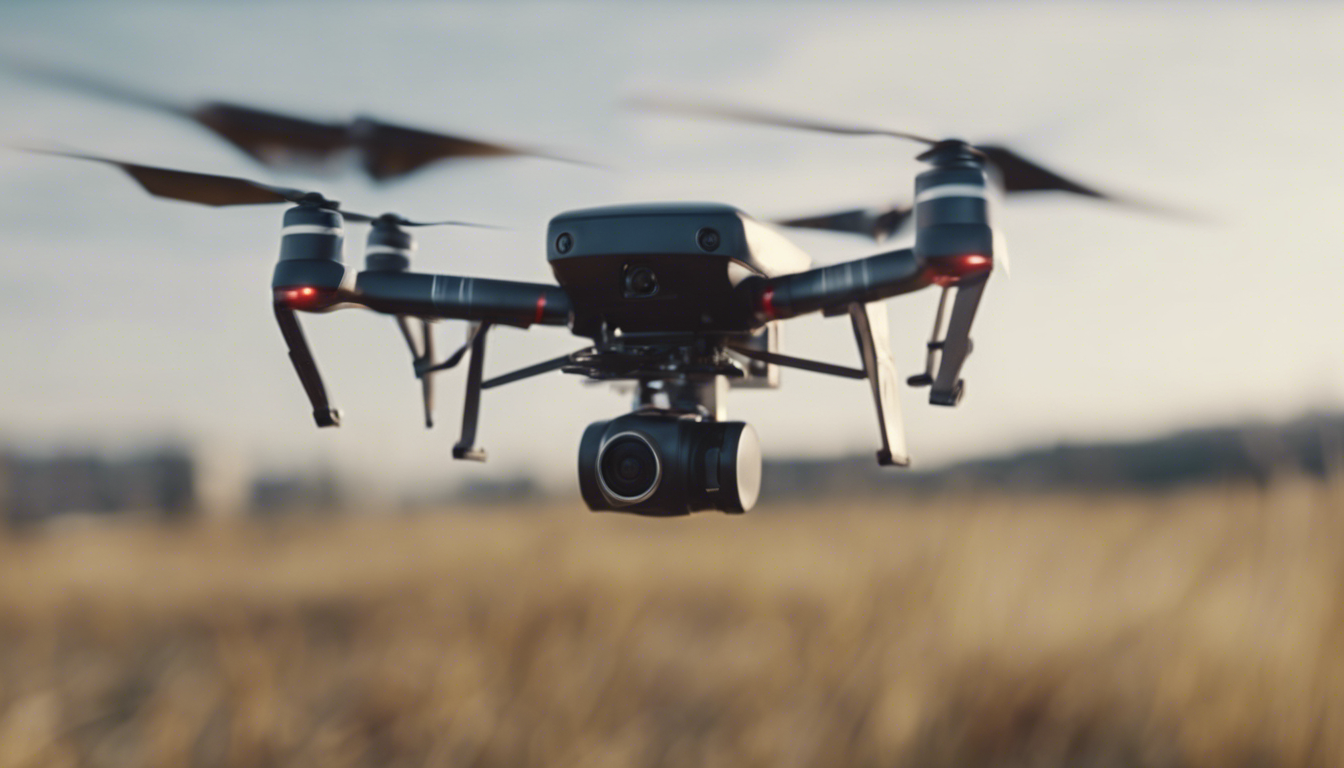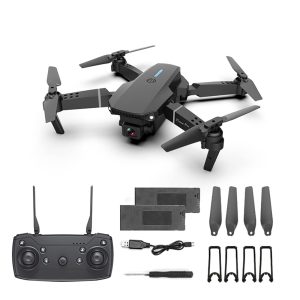
Drone photography has become immensely popular in recent years, thanks to the advancements in consumer drones. These small and agile flying devices equipped with high-quality cameras allow photographers and hobbyists to capture stunning aerial shots that were once only possible from helicopters or planes. Whether you’re an experienced photographer or a beginner looking to explore this exciting art form, here are some techniques for effective drone photography that will take your skills to new heights.
1. Plan and Scout Locations:
Before taking your drone out for a flight, it’s crucial to plan and scout your shooting locations in advance. Use Google Maps and other mapping tools to identify spots with interesting landscapes, unique landmarks, or captivating architecture. Look for areas with minimal foot or vehicle traffic and ponder the weather conditions to ensure optimal flying conditions.
2. Master Your Drone’s Controls:
Take the time to familiarize yourself with your drone’s controls and features. Practice flying in open areas away from obstacles until you feel comfortable maneuvering it smoothly and safely. Understand how to adjust altitude, take-off, and land smoothly, as these skills are fundamental for capturing great shots.
3. Use Autonomous Flight Modes:
Consumer drones often come equipped with autonomous flight modes that can assist you in capturing professional-looking shots effortlessly. Experiment with features like Follow Me, Waypoint Navigation, and Orbit Mode to add dynamic movement and depth to your photographs.
4. Frame and Compose Carefully:
Remember that composition is key in photography, even when shooting from above. Pay attention to lines, symmetry, and patterns in your frame. Experiment with different angles, heights, and distances to create visually striking images. Use the rule of thirds, leading lines, and foreground elements to enhance your composition and draw viewers’ attention.
5. Add a ND Filter:
When shooting in bright sunlight, ND filters can help balance the exposure and reduce glare. These filters prevent overexposure and allow you to use slower shutter speeds, resulting in smoother and more cinematic footage.
6. Shoot in RAW:
If your drone supports it, always shoot in RAW format instead of JPEG. RAW files retain more data and provide greater flexibility during post-processing, allowing you to adjust exposure, color, and white balance with more control.
7. Edit Your Images:
The true magic of drone photography often happens during the post-processing stage. Experiment with photo editing software to enhance your images further. Adjusting contrast, saturation, and sharpness can bring out the best in the colors and details captured by your drone.
8. Follow Laws and Regulations:
It’s crucial to abide by local laws and regulations when flying drones. Always check for any permits required or restricted areas before taking off. Familiarize yourself with the flight rules and safety guidelines set by your country or region to ensure a safe and legal flying experience.
“The best way to capture striking drone shots is to experiment with different techniques and compositions. Don’t be afraid to consider outside the box and try something new. Remember that practice and perseverance are key to mastering the art of drone photography.”
With these techniques and tips in mind, you’re well on your way to taking breathtaking aerial photographs. Get out there, explore new perspectives, and unleash your creativity with consumer drones. The sky is truly the limit!
